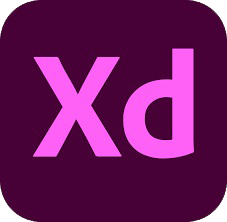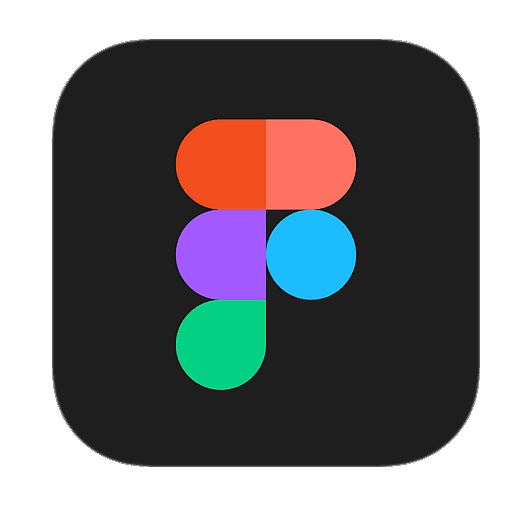- Design has two different interpretation – as a noun: which is about the aspect of art and beauty – triggered by emotions and individual ideas; as a verb: which is about logical
identification of problems and systematically arriving at a viable solution. - The need in today’s post-pandemic world is to create professionals who can practice “design as a verb”.
- There are various approaches to teach and learn design, but it is important that the approach to teach design as a verb is structured in a manner where there is a proper evaluation of the
need and the skills gamut in the field of design.
- Introduction to UX: The User Experience (UX) is how a user interacts with and experiences a product, system or service. It includes a person’s perceptions of utility, ease
of use, and efficiency. - UX Process: To Understand the End user needs and research on that, Analyze the data. Provide the design and Launch (User Test) Analyze. The concept of “design thinking” as
a UX process. This process has five stages in it: empathize, define, ideate, prototype, and test. … If we apply design thinking to product design, we would follow a UX process with the
following five - Heuristic Evaluation: Heuristic evaluation is a thorough assessment of a product’s user interface, and its purpose is to detect usability issues that may occur when users
interact with a product, and identify ways to resolve them. - User Research: User research is the methodic study of target users—including their needs and pain points. User researchers use various methods to expose problems and
design opportunities and find crucial information to use in their design process. - Empathy Map: An empathy map is a UX design asset that helps designers and non-designers understand and visualize a user’s needs. It slots into your workflow before you get
involved in interactive prototyping. - User Persona (Scenario & Storyboard): A persona, (also user persona, customer persona, buyer persona) in user-centered design and marketing is a fictional character
created to represent a user type that might use a site, brand, or product in a similar way. It’s used for understanding and addressing customer needs and pain points. - Customer Journey Mapping: A user journey map is a representation of the customer experience. the user’s point of view and can be a key part of user experience design and
optimization. … It’s used for understanding and addressing customer needs and pain points. - Task Flow Analysis: A step-by-step analysis of how a user will interact with a system in order to reach a goal. This analysis is documented in a diagram that traces a
user’s possible paths through sequences of tasks and decision points in pursuit of their goal. - Information Architecture: Information architecture is about helping people understand their surroundings and find what they’re looking for, in the real world as well as
online. - Design Tools: Adobe XD and Figma
- Wireframing & Prototyping
- Visual Design & Prototyping
- Portfolio
You can make a career in
- Web Design Companies
- Software Firms
- Multimedia Firms
- Web hosting companies
- Other Private & Public sectors.
You can make a career as
- Graphic Designer
- UX Designer
- UI Designer
- Creative Artist
- Illustrator
- Logo Designer
- Visualizer
- Image Editor
 Adobe XD
Adobe XD Figma
Figma


